This post may contain affiliate links which means I will get a commission if you make a purchase at no additional cost to you. As an Amazon Associate I earn from qualifying purchases. Please read my disclosure for details.
Burgers are comfort food for many of us, but behind the scenes, things keep changing. Ingredient bans have forced burger chains to rethink old recipes and find clever replacements.
Some swaps are so seamless you barely notice. Others have fans talking, wondering why a familiar burger suddenly tastes a little different. Let’s check out what has been secretly switched out.
Artificial Food Dyes Swapped for Beet Juice Color
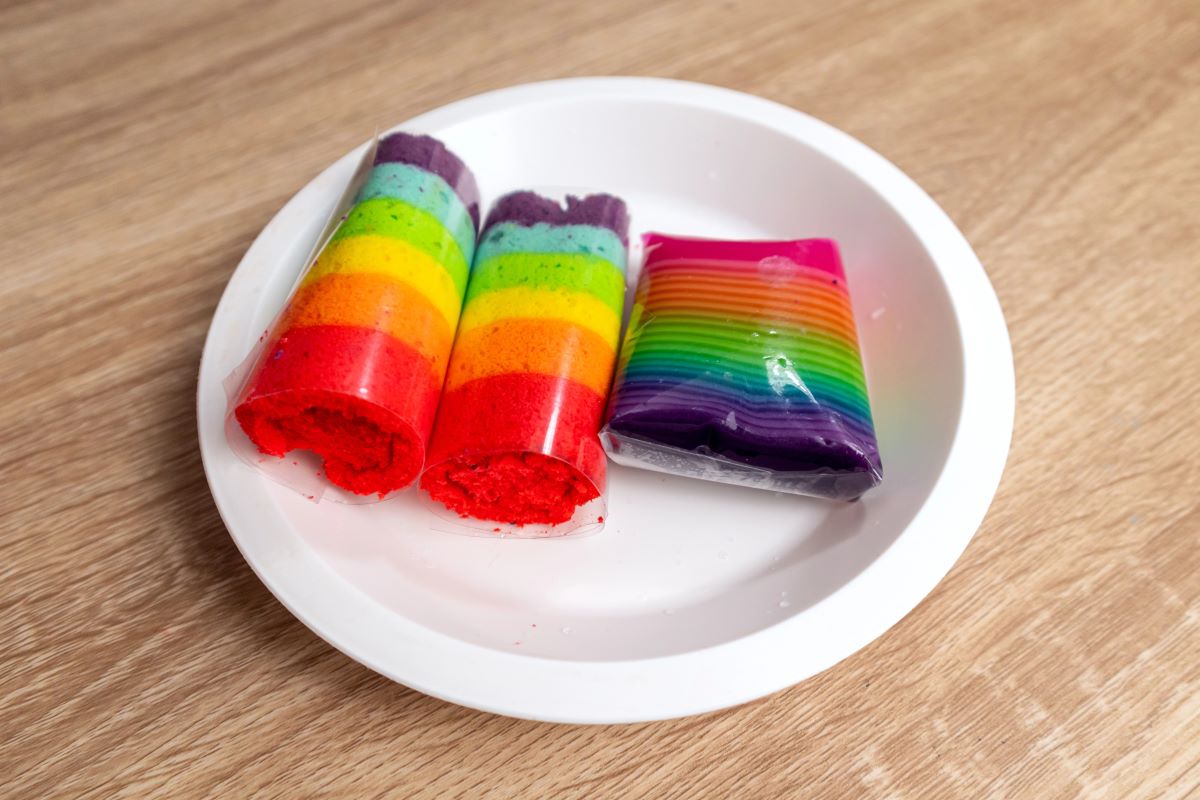
WANT TO SAVE THIS RECIPE?
Bright orange cheese and neon sauces were once staples in burger joints. Now, chains are using beet or carrot juice for coloring instead. The burgers still look delicious, but some diners miss that ultra vibrant glow that screamed fast food fun with every bite.
BVO Replaced with Safer Emulsifiers

Some citrus flavored sauces used brominated vegetable oil (BVO) for stability. After health concerns and bans, burger places shifted to safer emulsifiers. The taste remains pretty similar, but the texture sometimes feels lighter, leaving customers sensing a subtle change, especially in spicy or tangy sauces.
Trans Fats Replaced with Blended Oils
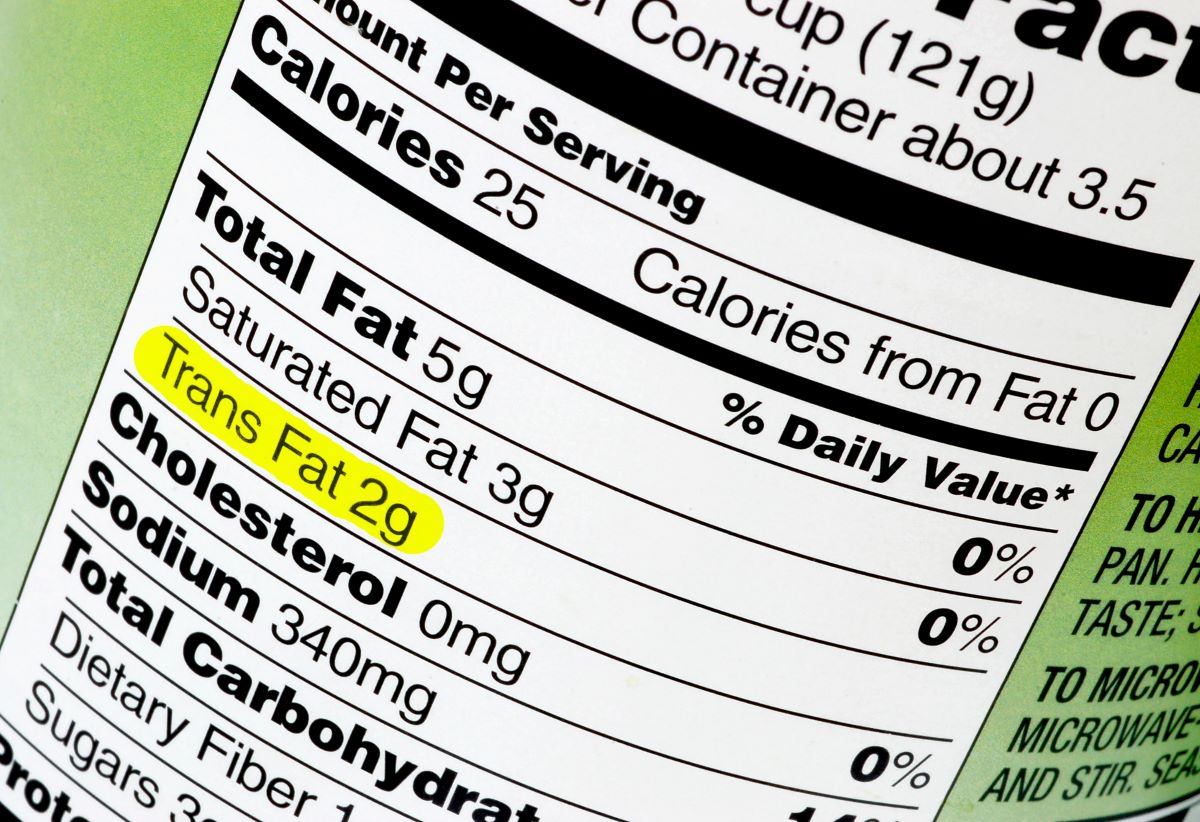
Trans fats made fries crisp and burger buns tender, but bans forced chains to use blended oils like sunflower or canola. While healthier, the change slightly altered flavors and textures. Some burger fans swear things feel softer, but most agree it is a fair trade.
Artificial Smoke Flavor Swapped for Smoked Paprika

Smoky taste once came from artificial liquid smoke, but new restrictions encouraged natural alternatives. Many chains now lean on smoked paprika or char grilling. The burgers still deliver a savory punch, but some diners miss the extra blast of grill flavor from the old days.
Monosodium Glutamate Cut for Natural Umami
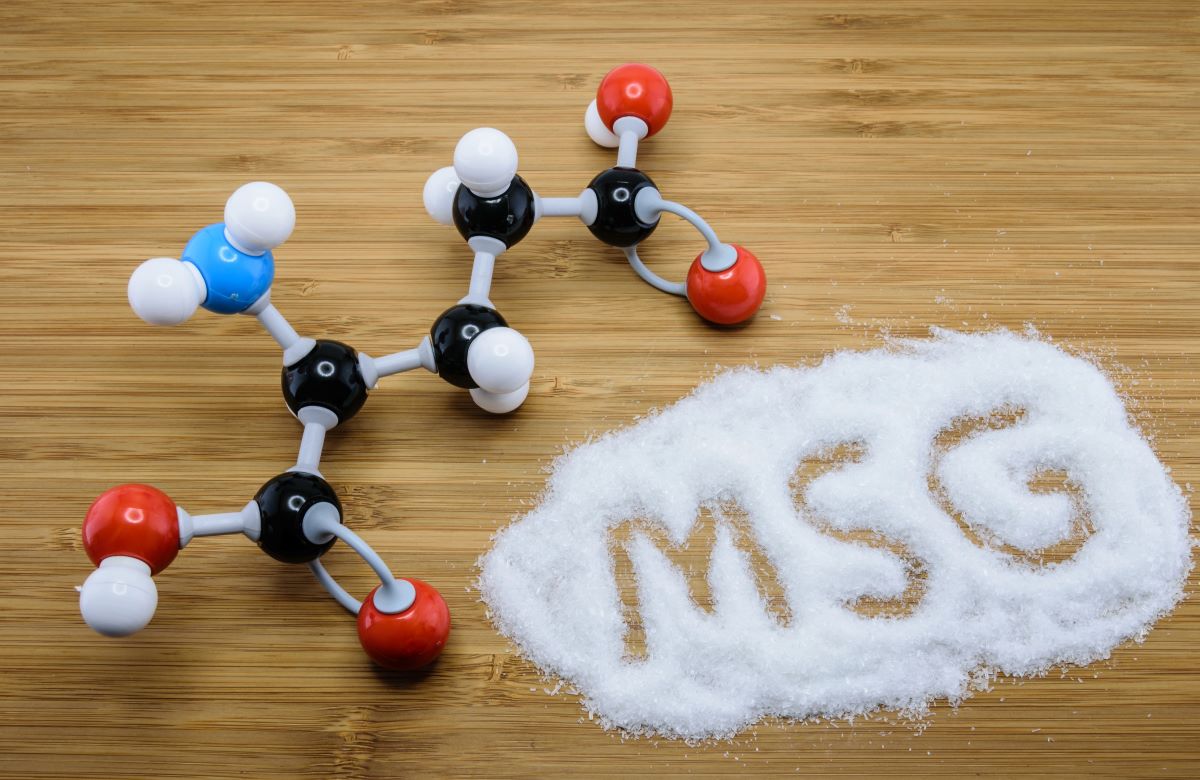
MSG gave burger seasonings serious savory depth, but public worries and regulatory shifts led chains to reduce or remove it. Instead, they use mushrooms or tomato powder for umami. The taste stays rich, though longtime fans might notice a little less zing in each bite.
Propyl Gallate Swapped for Rosemary Extract
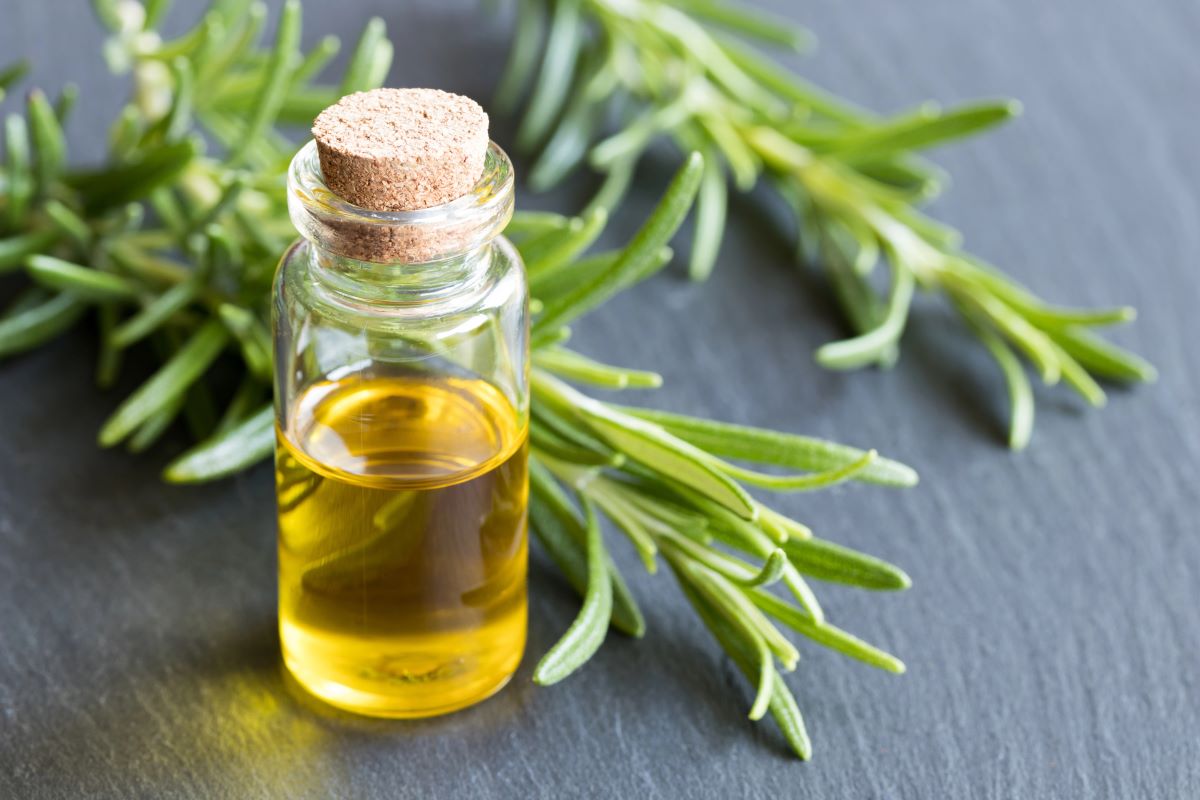
Propyl gallate once kept fats from spoiling in burger toppings. With bans and health concerns, chains now use rosemary extract as a natural preservative. The swap is mild enough that most customers taste no difference, but it is a quiet win for cleaner eating.
Related Post: 15 Boomer Meals That Had Real Flavor
Artificial Sweeteners Switched to Cane Sugar
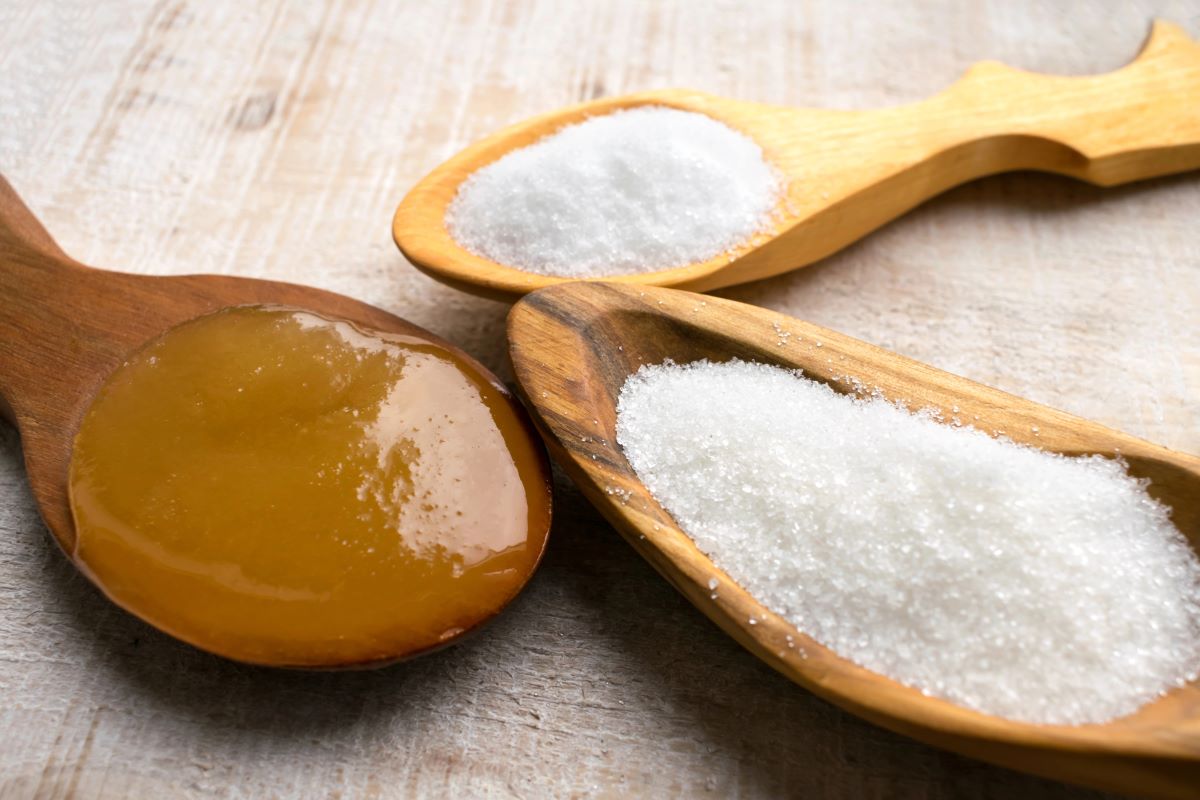
Low calorie burger sauces and dressings that often use artificial sweeteners are now facing scrutiny. Chains are replacing them with cane sugar or fruit purees. The flavors remain sweet and satisfying, though sometimes a bit less sharp. Many customers appreciate the simpler, more natural ingredients list.
Related Post: 10 Desserts Only Baby Boomers Got To Enjoy
TBHQ Replaced with Mixed Tocopherols

TBHQ preserved oils in burger chains’ fried items. Health concerns have pushed many places to replace it with mixed tocopherols, which come from vitamin E. The swap has minimal impact on taste, so most folks never realize their crispy chicken sandwich just got a subtle upgrade.
Related Post: 10 Foods Gen Alpha Eats That Their Parents Don’t Understand
Synthetic Antioxidants Swapped for Green Tea Extract

Some burger buns used synthetic antioxidants to stay fresh longer. Now, chains are turning to natural options like green tea extract. The buns still taste good, though sometimes they spoil a bit quicker. For many diners, it is a small price to pay for cleaner labels.
Related Post: 10 Ways Gen Z Is Changing the Restaurant Industry Forever
Artificial Colorants Dropped for Turmeric and Annatto
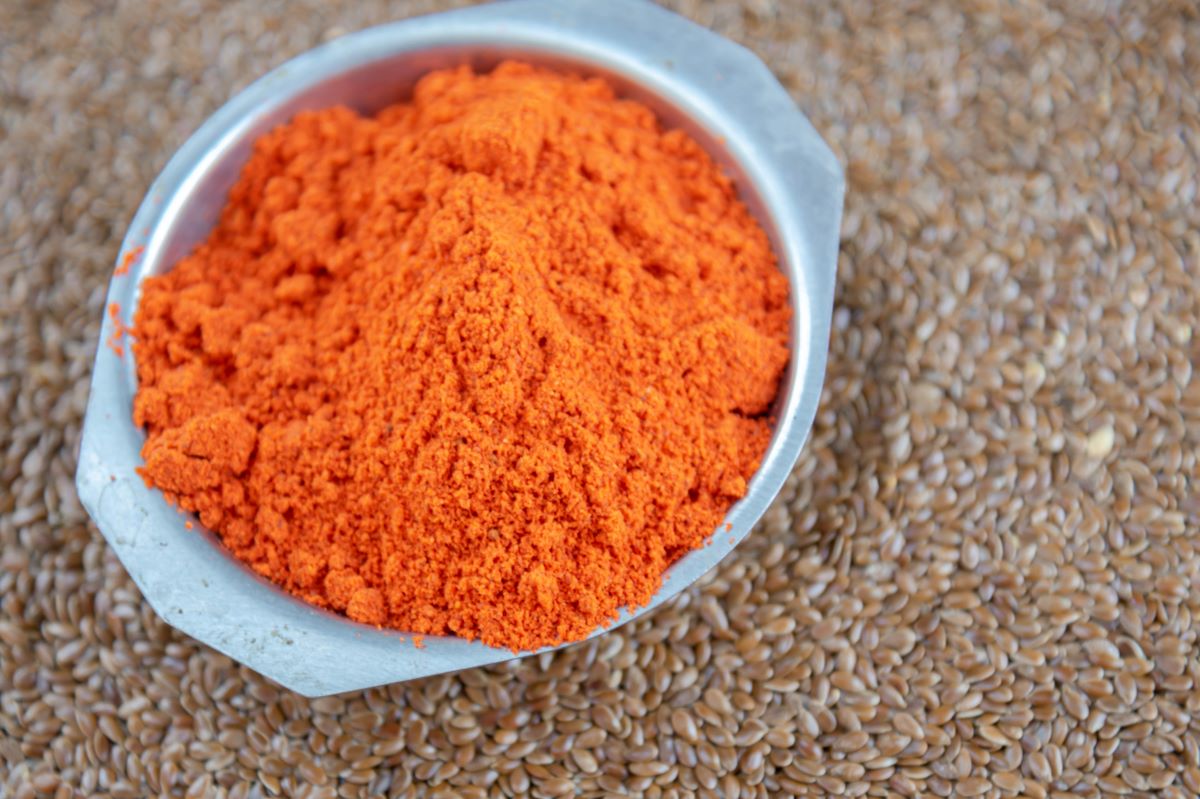
Vibrant burger sauces once got their color from synthetic dyes. With those restrictions, chains switched to turmeric or annatto. The look remains bright, but some sauces taste a touch earthier. While most diners barely notice, a few fans miss the pure nostalgia of those neon hues.
Related Post: 14 Comfort Foods That Defined Boomer Childhoods
Bleached Flour Replaced by Unbleached
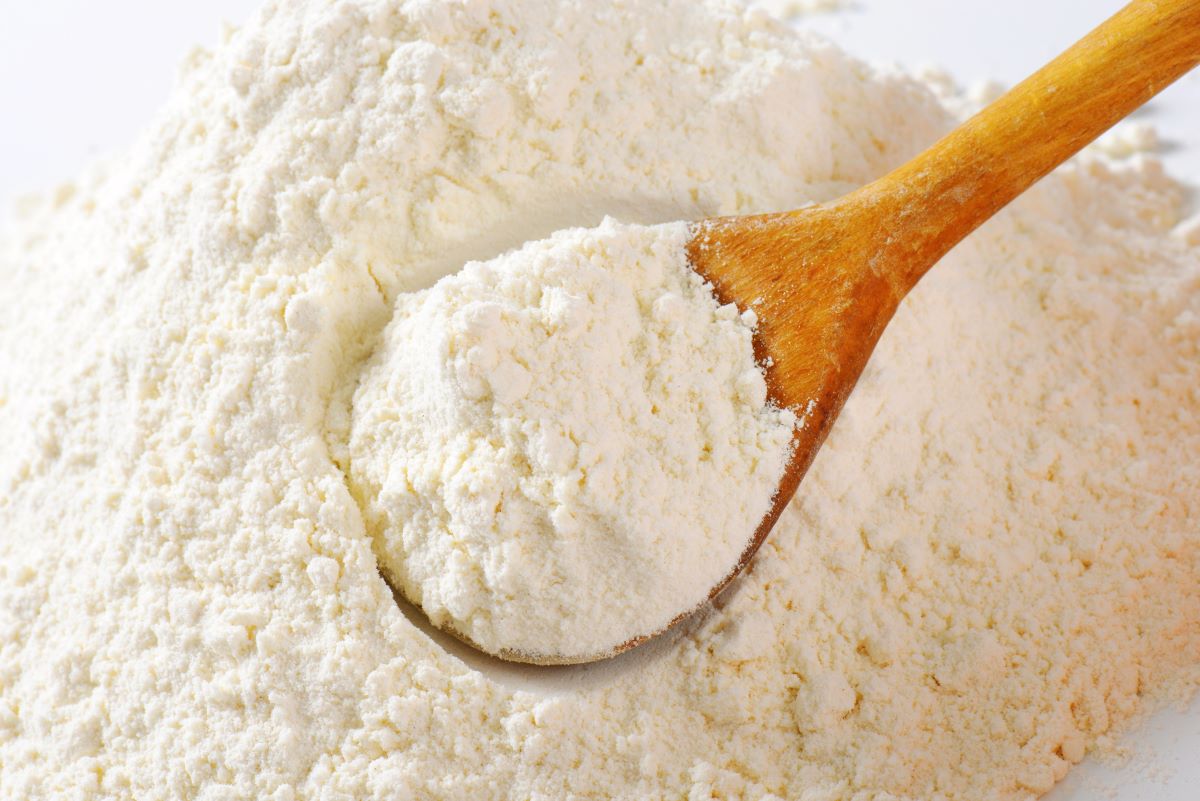
Burger buns are often made with bleached flour for a whiter, softer texture. After concerns about bleaching agents, chains switched to unbleached flour. The buns look slightly darker and feel a bit heartier. Many customers like the change, while some miss the super-fluffy softness.
Related Post: 13 Things Boomers Always Had In The Fridge
Sign up now to receive our exclusive e-cookbook filled with top-rated recipes for FREE!
High Sodium Phosphates Replaced with Natural Salts
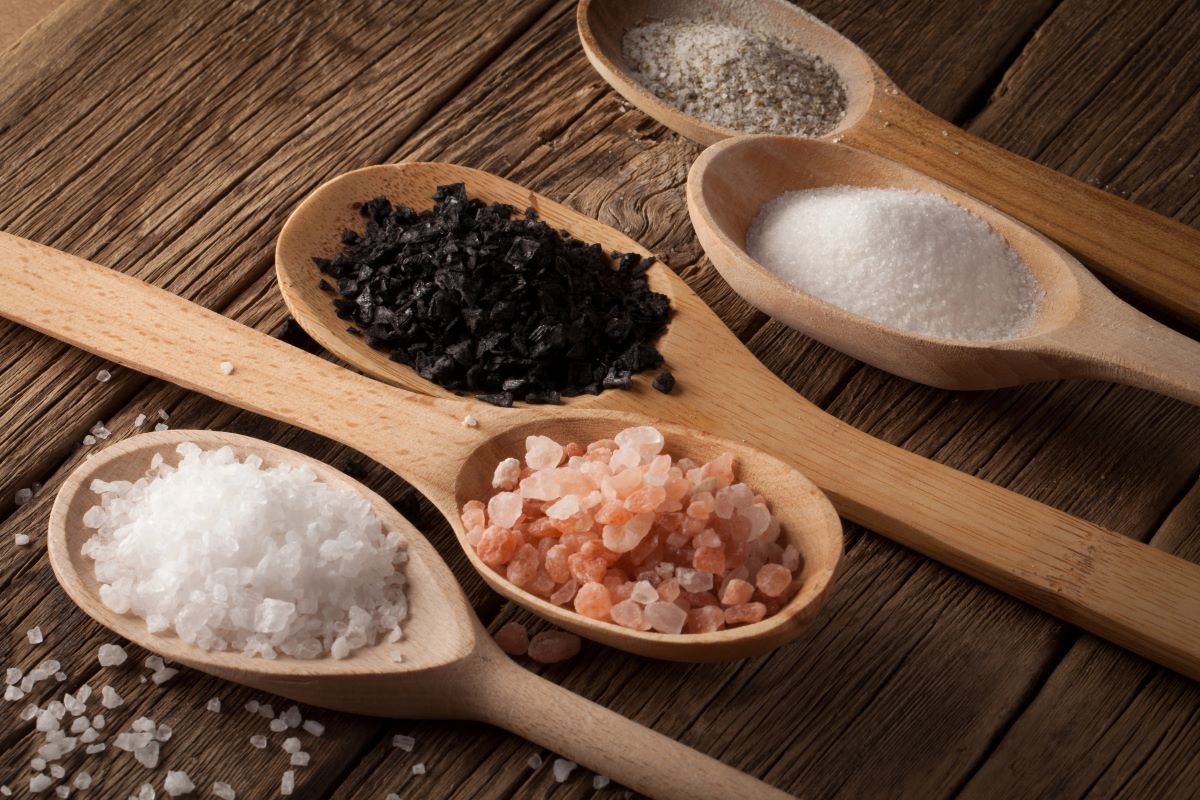
Phosphates kept meats juicy but raised health alarms. Chains now lean on sea salt or kosher salt instead. The meat remains tasty, though it can sometimes feel drier or less springy. Still, many diners appreciate the shift toward fewer additives in their burger meals.
Related Post: 10 Meals You Can Only Understand If You Grew Up In The 80s
Hydrogenated Oils Replaced by Butter Blends

Hydrogenated oils were once everywhere, including burger buns and sauces. As bans arrived, chains turned to butter blends or healthier oils. The flavor often gets richer, though textures can be less uniform. It is a trade off most burger lovers happily accept for health’s sake.
Related Post: 9 Food Trends That Started As A Joke And Took Over
Synthetic Emulsifiers Replaced with Lecithin

Many burger sauces relied on synthetic emulsifiers to stay creamy. Now, lecithin from soy or sunflower takes its place. The sauces remain smooth, though sometimes they separate faster in the heat. Fans generally welcome the natural swap, even if their dipping sauce looks a bit different.
Related Post: 7 Times Grocery Stores Had To Apologize To The Whole Neighborhood
Sodium Nitrites Reduced in Bacon
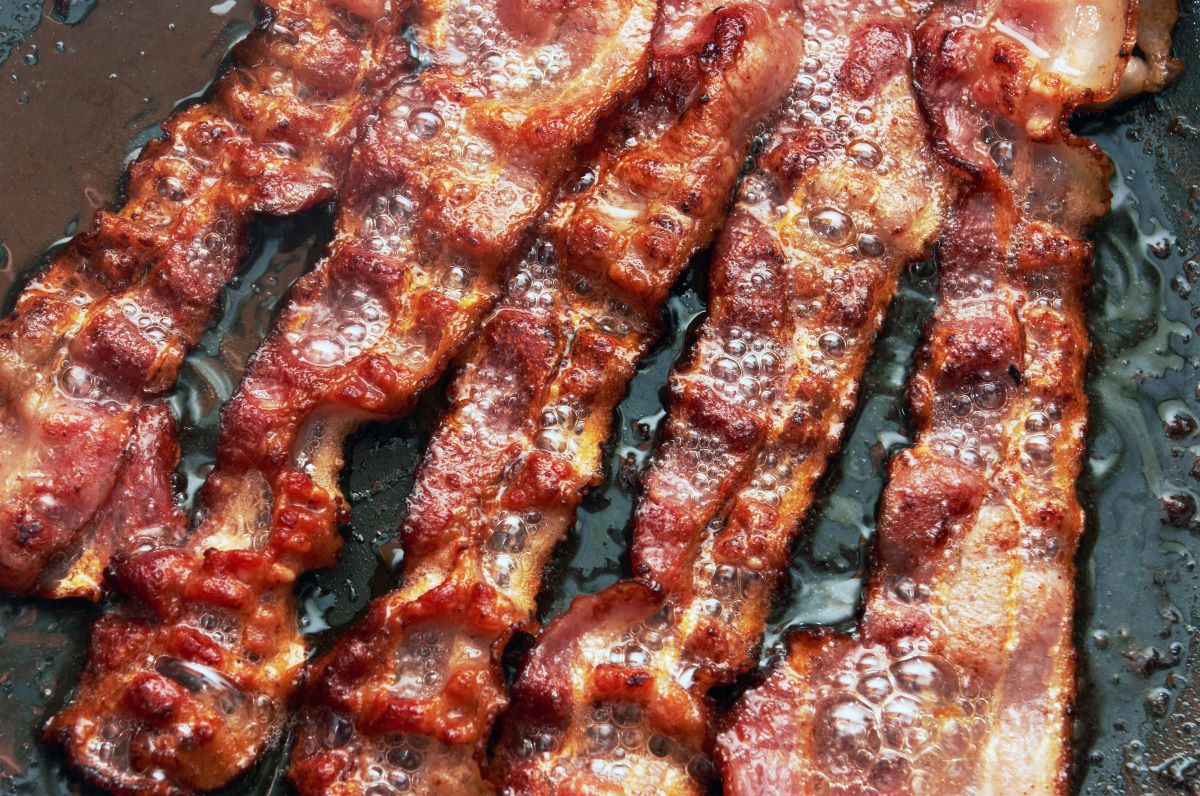
Bacon is burger royalty, but sodium nitrites, used for preservation, have been scaled back due to health concerns. Now, chains use lower nitrite recipes or celery powder. The smoky taste is milder, and the color paler, but most folks still love piling bacon onto their burgers.
Related Post: 10 Diner Foods That Taste Better After Midnight
Sign up now to receive our exclusive e-cookbook filled with top-rated recipes for FREE!
Next time your burger tastes a little different, it might not be your imagination. These quiet swaps help keep meals safer and healthier, even if they sometimes leave us missing a bit of that old school fast food magic.
Disclaimer: This list is solely the author’s opinion based on research and publicly available information.
These 6 Burger Combos Were Born In These Small Town Diners

In the ever expanding universe of American cuisine, few foods remain as deeply nostalgic and regionally distinctive as the humble burger. Yet beneath its simplicity lies a storybook of invention, often written not in celebrity kitchens but in modest diners on quiet streets.
Here, the burger is not merely lunch. It is tradition, identity, and local pride pressed between two buns. And in certain small towns, creativity has turned this staple into something iconic.
Read it here: These 6 Burger Combos Were Born In These Small Town Diners
How to Save $100+ Every Month at the Grocery Store

From planning your meals to avoiding sneaky upcharges in the snack aisle, here’s a realistic guide to trimming your food budget without adding stress to your week.
Read it here: Things Moms Waste Money On (and Don’t Even Know It)
Is Walmart+ Still Worth It in 2025? The Truth After 3 Years

Is the new Walmart Plus worth the annual fee or is it just another failed version of Amazon Prime? I spent my own money trying this service out for 12 months and counting. I have a lot to say about the benefits and drawbacks in this Walmart+ honest review.
Read it here: Is Walmart+ Worth It? Honest Review 3 Years Later!
